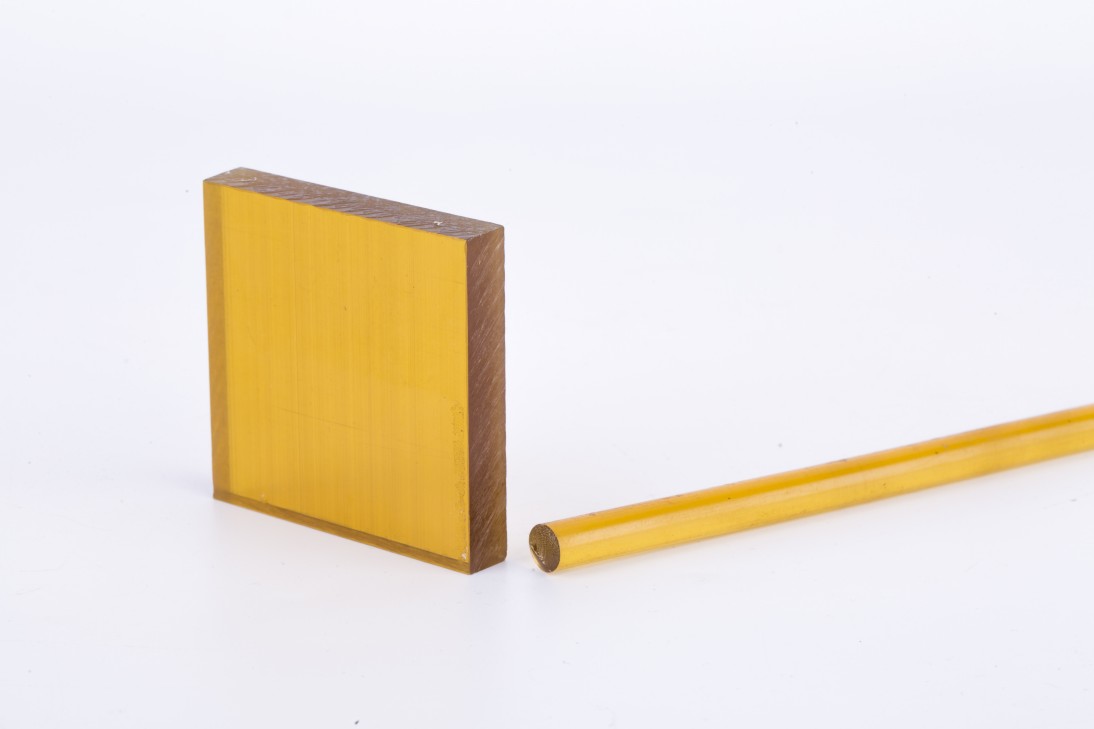
Privacy statement: Your privacy is very important to Us. Our company promises not to disclose your personal information to any external company with out your explicit permission.
The difference between PEI and PEEK
PEI I refers to polyetherimide (Polyetherimide), which is also an abbreviation for polyethyleneimide and personnel efficiency index. Polyetherimide, Polyetherimide abbreviated PEI, is an amber-colored transparent solid with inherent flame retardancy and low smoke without adding any additives, an oxygen index of 47%, a combustion rating of UL94-V-0, and a density of 1.28 to 1.42 g/cm3.
Polyetheretherketone (PEEK) resin is a special engineering plastics with excellent performance, compared with other special engineering plastics have more significant advantages, resistance to positive high temperature 260 degrees, excellent mechanical properties, good self-lubrication, chemical corrosion resistance, flame retardant, peel resistance, wear resistance not strong nitric acid, radiation resistance, super mechanical properties can be used in high-end machinery and aviation and other technology.
1. What is PEI ? What is PEEK?
PEEK: A thermoplastic engineering plastic with excellent properties, it consists of 4% amide or carboxamide groups condensed with more than 60% diol. PEEK has good heat resistance, chemical stability, oxidation resistance and mechanical strength. It has a melting point of 342°C and a thermal decomposition temperature of 340°C, which makes it excellent in high-temperature environments. In addition, PEEK has excellent electrical insulation and flame retardant properties.
PEI: PEI is a copolymer of PEEK and a number of other polymers, typically consisting of 35-45% PEEK and 65-75% other polymers. PEI's properties fall between those of PEEK and traditional engineering plastics such as Pa66 and Pa6. The melting point of PEI is as high as 290℃, and the thermal decomposition temperature is as high as 248℃.

2. PEI and PEEK in several aspects of the difference
(1) Thermal stability: Although the thermal decomposition temperature of PEI and PEEK are high, but PEI is more thermally stable. PEI can maintain its mechanical properties and chemical stability at higher temperatures, while PEEK will soften, flow and oxidation at higher temperatures.
(2) Mechanical properties: PEI is slightly better than PEEK in some mechanical property indexes. for example, PEI has slightly higher tensile strength and stiffness than PEEK. however, this difference is not significant in most applications, and due to PEEK's high melting point and good flowability, it may be more advantageous in the injection molding process.
(3) Cost: PEI is more costly than PEEK due to its relatively complex production process and its higher raw material costs, and this difference may be offset in mass production.
(4) Flame retardancy: PEI has very good flame retardant properties and can maintain its flame retardant properties even at high temperatures
In summary, PEI and PEEK are both high-performance engineering plastics that are similar in many ways, but also have many key differences.

November 17, 2024
November 16, 2024
August 27, 2021
August 26, 2021
PEEK ball is a special type of ball made of polyether ether ketone (PEEK), which has excellent chemical stability, abrasion resistance, and high temperature resistance.PEEK ball is widely used in...
PVDF Application Areas Different models of PVDF products are suitable for different application scenarios. According to application fields, PVDF can be divided into conventional grade products and...
Application Performance Advantages of MC nylon MC nylon is a new type of engineering plastics, due to its outstanding comprehensive performance, so that its status in engineering plastics is rapidly...
Types of nylon: 1. Nylon - 6 (PA6) Nylon -6, also known as polyamide -6, that is, polycaprolactam. Translucent or opaque opalescent resin. 2. Nylon - 66 (PA66) Nylon-66, also known as polyamide-66,...
Email to this supplier
November 17, 2024
November 16, 2024
August 27, 2021
August 26, 2021

Privacy statement: Your privacy is very important to Us. Our company promises not to disclose your personal information to any external company with out your explicit permission.

Fill in more information so that we can get in touch with you faster
Privacy statement: Your privacy is very important to Us. Our company promises not to disclose your personal information to any external company with out your explicit permission.